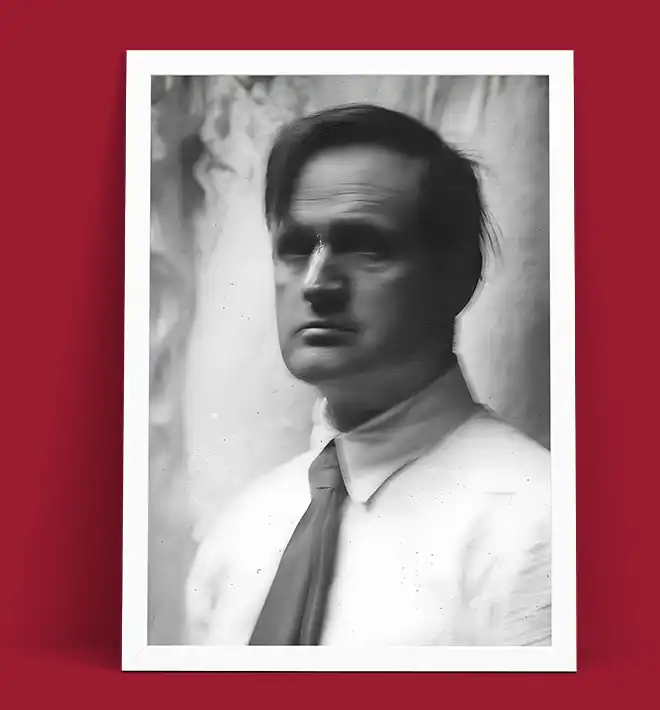Artistic Education and Career
Fraser honed his artistic skills at the Art Institute of Chicago and furthered his studies at the École des Beaux-Arts and the Académie Julian in Paris. He apprenticed under renowned sculptors Richard Bock and Augustus Saint-Gaudens before establishing his own studio in 1902. His classical training and exposure to European art movements enriched his sculptural style, blending realism with expressive forms.
"End of the Trail"
Among James Earle Fraser works, the most iconic is undoubtedly the "End of the Trail" statue. Conceived in 1894 when Fraser was just 17, the sculpture depicts a weary Native American warrior slumped over his exhausted horse, symbolizing the devastating impact of westward expansion on Indigenous peoples. The piece gained national acclaim after being showcased at the 1915 Panama-Pacific International Exposition in San Francisco, where it was awarded a gold medal.
The original plaster version of "End of the Trail" suffered deterioration over time but was later restored and now resides at the National Cowboy & Western Heritage Museum in Oklahoma City. Bronze replicas of the statue are displayed in various locations, including the Metropolitan Museum of Art in New York and the Nelson-Atkins Museum of Art in Kansas City.
Other Notable Works
Beyond "End of the Trail," James Earle Fraser sculptor created numerous significant pieces:
- The "Buffalo Nickel" (1913): Fraser designed this iconic five-cent coin featuring a Native American profile on one side and an American bison on the other.
- "The Authority of Law" and "The Contemplation of Justice": Statues flanking the entrance of the U.S. Supreme Court building.
- Pediment sculptures for the National Archives in Washington, D.C., including "Heritage" and "Guardianship.
- Monuments of prominent figures such as Alexander Hamilton and Albert Gallatin near the U.S. Treasury.
Fraser's contributions also extended to teaching; he served as an instructor and later as director at the Art Students League in New York City.
Legacy
James Earle Fraser passed away in 1953, leaving behind a legacy of sculptures that capture the complexities of American history and identity. His works continue to be celebrated for their artistic merit and poignant commentary on the nation's past.
For those interested in exploring more of Fraser's art, the National Cowboy & Western Heritage Museum offers a comprehensive collection of his works, including the renowned "End of the Trail" statue.


